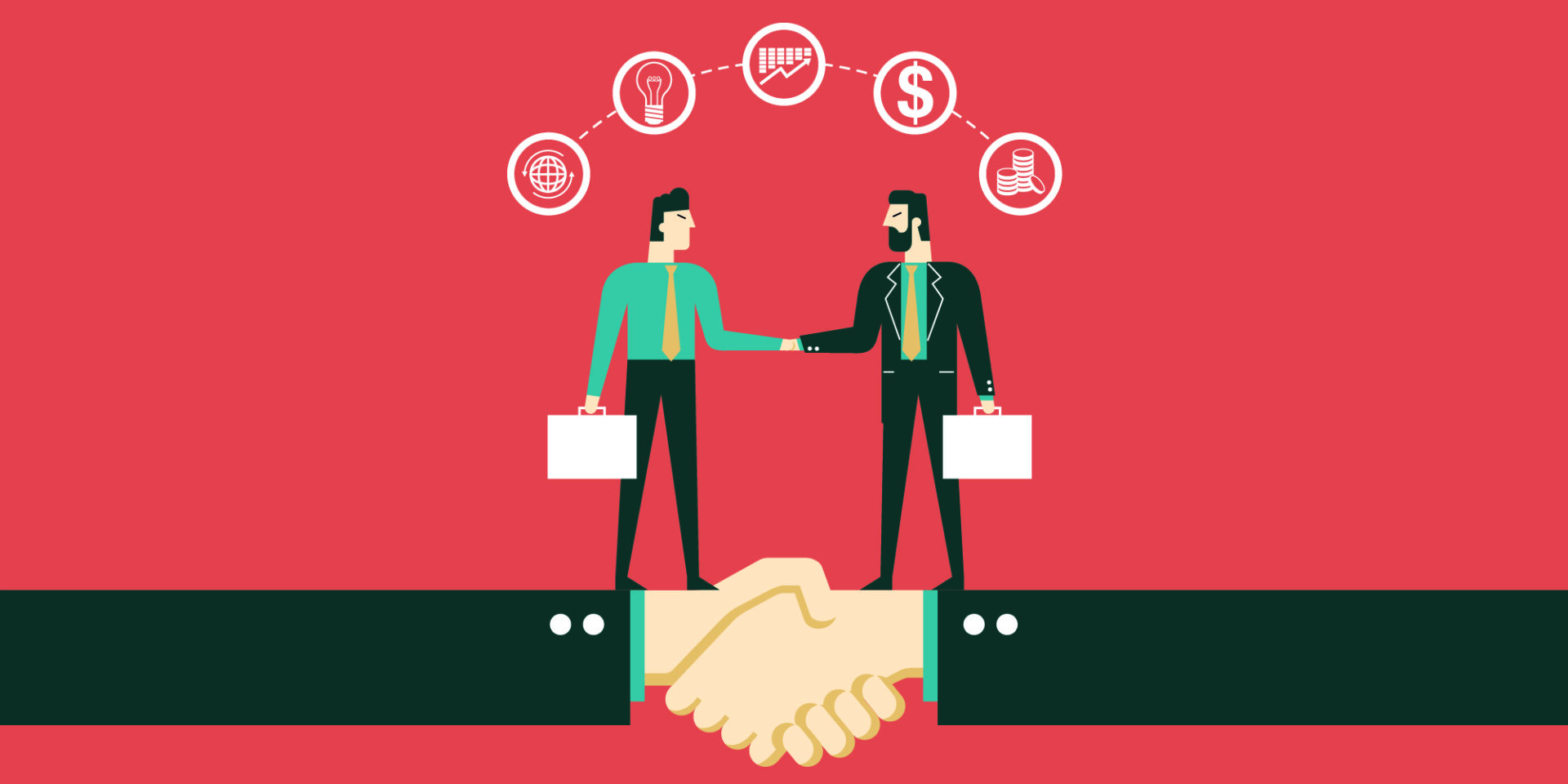Held earlier in the year, the MIA Digital Month 2022 (MDM 2022) sought to drive MIA’s aspirations in supporting digital technology adoption by the accountancy profession in Malaysia. A virtual, month-long convention of digitalisation for the accountancy profession in Malaysia, MDM 2022 consisted of four complimentary webinars and was concluded with MIA’s AccTech Conference.
Week 2 of MDM 2022 kicked off with a session on Sharing on Digitalisation Grants. The MIA Technology Adoption Survey in 2017 and 2019 identified that technology investment costs is the top barrier to digital adoption, especially for smaller-sized organisations including the small- and medium-sized practices.
The session started with sharing by successful applicants – MIA Digital Technology Implementation Committee (DTIC) Member, Steven Chong Hou Nian and BDO Malaysia Director, Chan Kwan Yee on the application of SME Digitalisation Grant (SDG) and Smart Automation Grant (SAG) as well as how the grants have assisted them in their digital transformation journey.
Smart Automation Grant
Brief overview of Smart Automation Grant (SAG) application and approval process

Post approval process
Upon the acceptance of the offer letter, companies are required to present to MDEC on the progress of the project milestone. Companies need to update about the project status, evidence of deliverables, impact of technology adoption to them, challenges conquered as well as the total expenses incurred throughout the project. Following the presentation, the submitted supporting documents will be verified and approved and the approved grant amount will be received by companies. The timeframe for the whole process is approximately 6 months.
MDEC SME Digitalisation Grant
It is a 50% matching grant (up to RM5,000) for subscription of digital services. This grant focuses on 7 digitalisation areas such as digital marketing and sales, ERP accounting and tax, HR payroll system/CRM, electronic point of sales (e-POS) system, ecommerce, remote working, and procurement.
Applicant Eligibility
The eligibility requirements to be able to apply for the grant is set out below.

Takeaways of the session
The following are some takeaways from the session:
Initial phase
- As applicants, the most crucial stage is to identify the problem statement, for instance the type of customisation needed for the company and the technology solution that is suitable for its need.
- Companies need to ensure that the technology solutions that they have selected are customizable based on their requirements. If funds are constrained, they can start small by spending on the basics and add on customisation in the future when the budget is available.
- During this stage, it is also useful to pull together a narrative or story that lays out the quantitative and qualitative data and potential outcomes that will result from the digital adoption or the worst-case scenarios resulting from the refusal to adopt.
Tips to apply for grants
- Documentation is key to successfully securing the grants. Companies will need to spend some time to compile all the required documents. Start compiling relevant documents way before the application date and ensure documents are complete before submitting an application. It is recommended to compile documents and set up a “data room”, as a prelude to bigger fundraising exercises in the future and to facilitate future fundraising process.
- Have duplicate sets of completed applications as they may get lost in the process. Be pragmatic and realistic on the timing of receipt of funds as the disbursement will not be immediate.
- Use the MIA Guidance on Software and Software Vendor Selection & Software Vendor Database and also refer to the MDEC Technology Solution Providers (TSP) List, as using a registered service provider can facilitate the grant approval. The judges will scrutinise the choice of TSP to ensure that the digital implementation exercise has a high chance of success.
Other funding options
- Grants alone are not sufficient to finance a comprehensive digital adoption plan. Therefore, companies will need to raise more funding either internally or externally. In addition to internal funding, be resourceful in assessing options in the market available for digitalisation, including crowdfunding, grants, loans, and external investors. Optimising a combination of equity and debt funding can be a means for companies to accelerate digitalisation and achieve the targeted outcomes faster.
- SMEs also have financing options from various financial institutions such as Malaysian Industrial Development Finance Berhad (MIDF) that carry a lower interest rate than commercial loans and hence are more affordable for SMEs. SMEs need to ensure that their background, profiling, and documentation support the loan application.
- With regards to internal funding, accountants and digital champions will need to justify a budget for digital investment and software purchases to their management and decision-makers. The first step is to prepare the problem statement to identify which process needs to be automated and prioritised to deliver the best Return on Investment (ROI) as well as productivity and revenue gains. Digitalisation should not be regarded as just a cost centre measure but a growth strategy to increase productivity and revenue.






